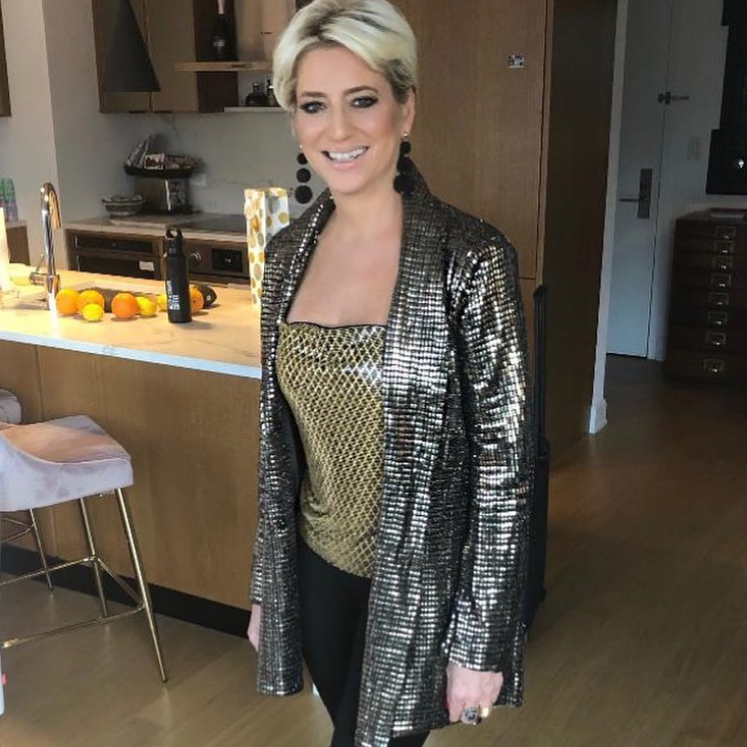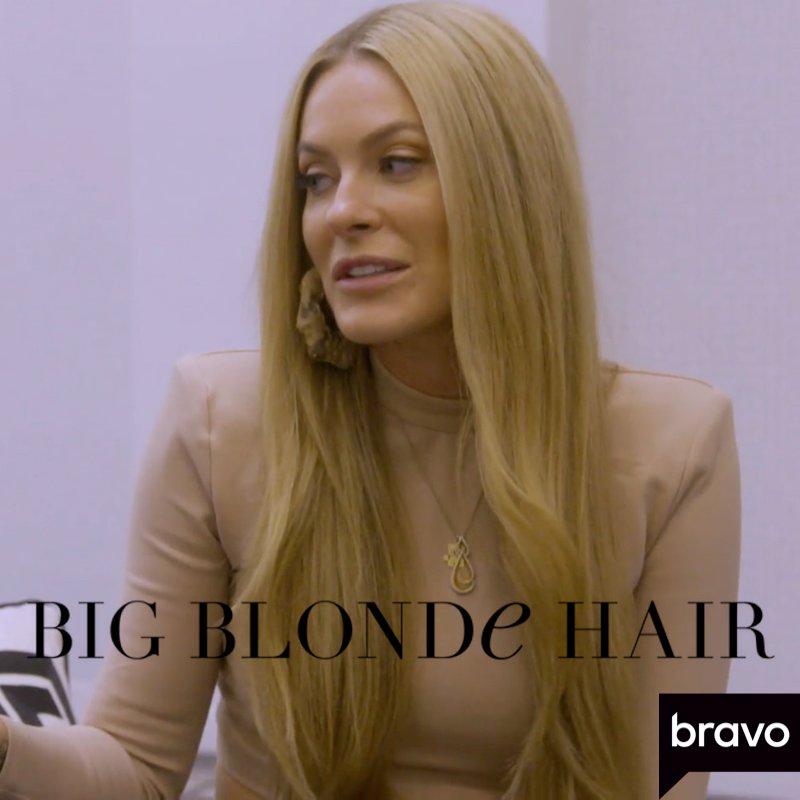7 Tips for Finding Your Skin Undertone Color and Makeup Shades That Will Make You Look Radiant

Whether you’re simply ready for a change, want to freshen up your look or your favorite lipstick has been discontinued – and doesn’t that happen way too often? – finding just the right lip and blush color can be a game-changer.
Just two weeks ago I saw this striking transformation when I was working with Gail. She wanted a makeup ‘update,’ but was just fine with the lipstick she’d been wearing for quite some time. I asked her if – just for the fun of it – we might try a new color.
After I applied the peach colored lipstick, she didn’t say a word, but kept looking in the mirror. Then, as she continued to look in the mirror, she said in a voice I could barely hear: “Wow. What did you say the name of this lipstick was?”
This is not to say that finding the right lipstick and blush colors is easy. In all honesty, it’s not. In fact, it’s about as easy as saying “no” to mashed potatoes and pumpkin pie on Thanksgiving.
Nevertheless, it’s absolutely worth scouring a few different makeup counters in search of the colors that will make your skin look radiant.
How to Determine Your Skin Undertone Color
Before the scouring begins though, the first step is to determine the undertone of your skin. Is it warm or cool, or somewhere in between (neutral)?
And even if you know your skin undertone, it’s important to be aware that though our overall undertone does not change as the years fly by – since it’s based on the color of the fat cells beneath our skin – the skin’s upper layer does get thinner which subtly alters its color.
Just as our eyes become less bright and our hair gets lighter, we also become paler.
In short, we lose contrast. So even though you still have the same skin undertone, you may need to go with lighter or brighter colors than you did when you were younger and some of us will need to go darker or deeper.
For those with darker skin tones, the skin changes a little later and can develop dark discoloration areas (hyperpigmentation) or lighter areas (hypopigmentation) which may also require going lighter or brighter, or darker and deeper in shade selection.
Here are some clues to help you solve the undertone mystery.
Look at the veins on the underside of your wrist
Are they blue or green – or somewhere in between? Blue means a cool undertone, green means warm and “somewhere in between” usually means neutral.
Cover up your hair and hold silver, then gold jewelry next to your face
Is there one color which looks better against your skin? Silver jewelry works better with cool skin tones and gold with warm tones. Those with neutral skin tones can wear both well.
Do you tan or burn?
Usually women with warm undertones will tan and cool will burn.
Bend your ear forward
Does it look more pink (cool undertone), yellow (warm undertone) or neutral?
Close your eyes and visualize a bright fuchsia lipstick and a bright orange lipstick
You may dislike both, but chances are you’ll like one at least a little more than the other. If you prefer fuchsia, you are more drawn to cool tones and most likely have a cool undertone. If you chose orange, you gravitate toward warm colors and, chances are, you have a warm undertone.
Drape pink and yellow fabric near your face
If you have some bright pink and bright yellow clothing or fabric, cover your hair and drape it around your shoulders so you just see your face and neck. Which color makes your skin look brighter and more alive?
You can also do this test using silver and gold fabric. If silver or fuchsia perks up your skin tone, you have a cool undertone. If bright yellow and gold look best, you have a warm undertone.
Which neutral tones are most flattering to your skin? Bright white, black and grey? Your undertone is cool. Ivory or tan? You’re a warm undertone.
What color top, blouse or scarf always draws compliments?
If the color falls on the warm side of the color wheel (reds, corals, yellows, etc.), you most likely have a warm undertone, and if the color is on the cool side of the color wheel (blues, blue-purples, etc.), you most likely have a cool undertone.
If you’re still unsure – and this can certainly be the case for many of us – invite over several friends and go through the process together. Objective opinions can be helpful… and the process is sure to be punctuated with laughter and fun.
Now That You Know the Undertone, What Colors Do You Choose?
If your skin has a cool undertone, the following makeup colors will work best for you: blue-based pinks, raspberry, wine and berry shades, ruby and blue-reds. Best colors for warm undertones are: peach, tangerine, orange, coral, orange-reds.
And if you fall into the “neutral” category, you can go in either direction with your color choice. However, you probably want to stay somewhere in the “middle” of the warm and cool color spectrums rather than at the extreme ends.
Now that you know your best colors, you’re ready for “the hunt.” In my next article, I’ll share some tips that I hope will be helpful as you search for just the right lipstick and blush colors to give your face that beautiful glow.
Do you know the undertone color of your skin? What colors of makeup do you find particularly complementary on your skin tone? Please share in the comments below!
Read More









